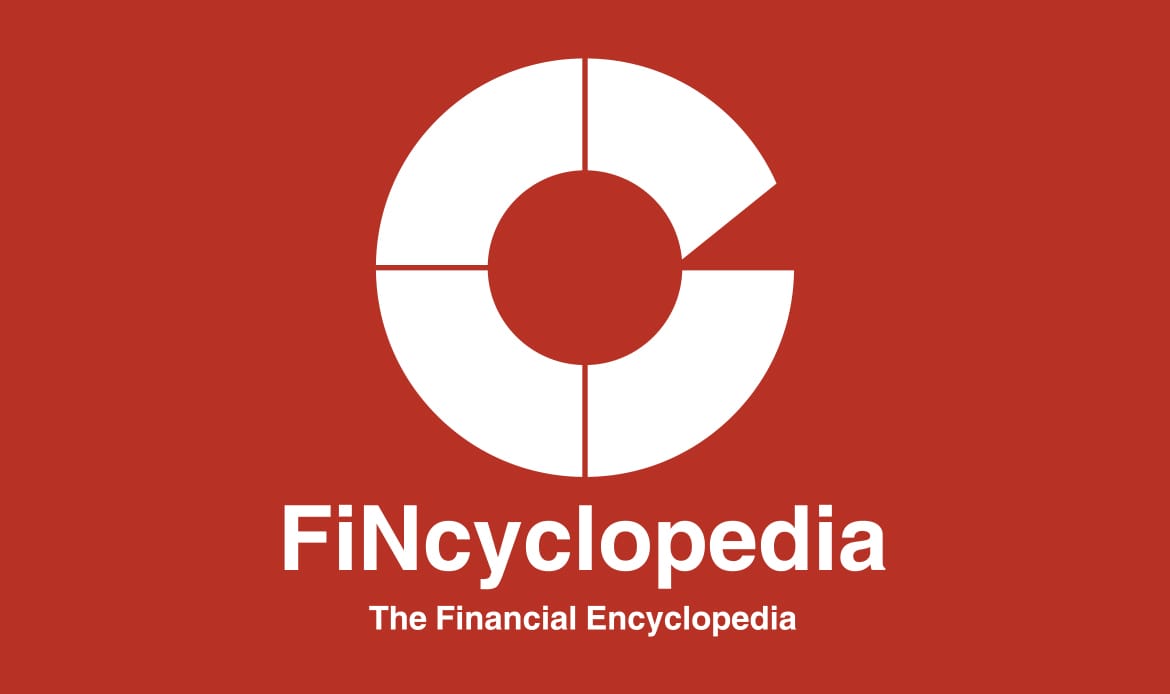It stands for book-to-market effect; a measure that compares the book value of a company to the price of its stock – an inverse of the P/B ratio. It reflects the underlined effect identified in the book-to-market ratio (the book value of equity divided by market value of equity). The effect signifies that high book-to-market equity often earns substantially higher excess returns (and hence is called value stock high BTM stock), while low book-to-market equity usually earns substantially lower returns (therefore it referred to as growth stock or low BTM stock). A high ratio is typically seen as a value stock where the market values equity cheaply vis-à-vis book value. Simply stated, the bigger the book-to-market ratio is, the more fundamentally cheap is the the stock (and hence the issuer), and vice versa.
The underlined book-to-market effect is also termed as value effect.



